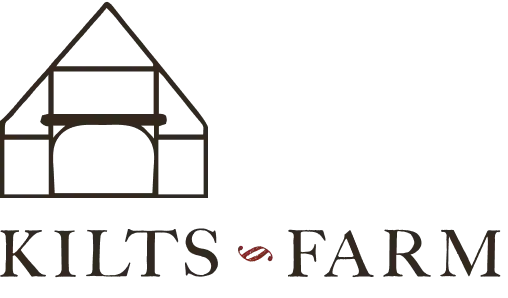In the late 1940’s an unusual hetchel turned up in an antique shop near Fonda, New York. I purchased it for a very small amount. Hetchels were certainly not uncommon but this one bore a finely carved set of initials and the date 1778. This period of time I our valley was one of death and destruction. Many homesteads were laid waste by British, Tory and Indian raiders. Thus artifacts of that period from our area were not as common as those from other sections. No provenance was established when the hetchel was purchased. The antique dealer was known to purchase items in the New England states as well as in our area. The question was—first, where had the hetchel come from, and who had cherished it enough to put the special embellishments on it. Probably the question would never be answered.
The body of this hetchel is cherry wood 21 ¾” long and 7” wide. There are two wrought iron hooks protruding from the body near one end of the spikes and a wrought iron staple near the other end. There was no doubt that they were to secure a cover over the needles sharp points. Where was the cover? That was thought to be another unanswered question. The hetchel had remained in my collection for over 50 years when an antique dealer friend told me he had recently acquired what he believed to be a grain scoop with a wrought iron handle and a 1778 date. Since I collected small horse related items he thought I might like it. Imagine my surprise when it turned out to be the cover for my hetchel. The bonus was that it proved that the hetchel was a Mohawk Valley artifact. The cover had been purchased from a direct descendant of the prominent Getman family who settled in our area long before the Revolution. I have yet to learn just what members of the family owned the hetchel. One wonders if the initials were for a man and wife, two sisters or two brothers. Did the male or female members of the family hetchel the flax? The other markings are also a mystery. It is possible that more than one similar hetchel once existed but with a different number of spikes. Thus the owner could tell whether the hetchel had coarse or fine spikes without removing the cover. Perhaps the reader can help answer some of the questions about the hetchel whose parts became separated and were reunited after 50 years.
*For those of you who are not familiar with the word hetchel (sometimes called hackle), a description of this tool of the past may be necessary. The hetchel is a board with spikes affixed used to comb flax in the process of making linen cloth. The spikes straighten the fibers and remove the unusable tow. Only after the process can the fibers be spun into thread on the spinning wheel.


